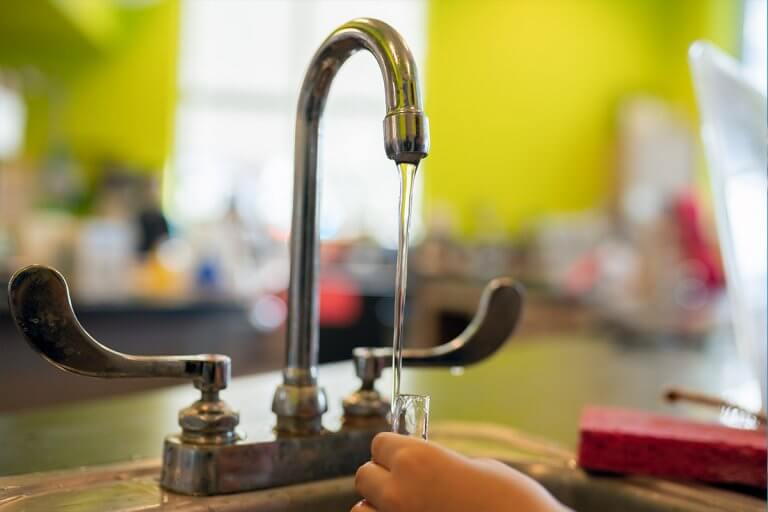
US EPA Lead and Copper Rule
In 1991, US EPA published the Lead and Copper Rule, which is also referred to as the LCR. While the rule has had various updates over the years the latest updates are the first major changes to the rule in almost 30 years. The goal of the 2020 LCR updates, which have an effective date that was recently extended by the US EPA from March 16, 2021 until June 17, 2021, is to reduce lead exposure in drinking water to the most at-risk communities. To identify these communities, the new LCR will require water systems to prepare and update a lead service line inventory and test for lead in drinking water in elementary schools and childcare facilities that they serve. The water systems will also be required to provide timely results along with information about the actions the elementary school or childcare facility can take to reduce lead in drinking water.
The new LCR requires that municipal water systems follow new, more science-based, sampling protocols when testing water at the tap. When collecting samples, the Sampler must draw 4 liters of water before collecting a sample for laboratory testing. Collecting the sample from the fifth liter of water increases the likelihood that the lead in the sample came from the lead in the service line and not from the internal building plumbing. Also, wide-mouth bottles are required for sampling because the samples will be more characteristic of filling a glass of water from the faucet and they prohibit flushing and cleaning or removing the screen on the faucet before sampling.
The 15‑ppb action level remains unchanged and there is a requirement for public notification within 24 hours of an exceedance of the action level. There is a new trigger level of 10 ppb that, when exceeded, water systems that currently utilize corrosion control would be required to adjust treatment. Water systems not currently treating for corrosion would be required to conduct a corrosion‑control study.
When 10 percent of sampling results are above 15 ppb, water systems will be required to fully replace at least 3 percent of lead service lines. Water systems must also have a plan in place and be prepared to start replacing lines as soon the 15‑ppb action level is exceeded. When a customer chooses to replace their customer owned portion of the line, the water system owned portion of the lead service line must be replaced as well.
These new changes could be quite expensive to water systems around the country. To help offset some of these expenses there are several programs available that could be a potential source for grants and loans. Some of these options include US EPA’s Drinking Water State Revolving Loan Fund, the Water Infrastructure Improvements for the Nation Act (WIIN) Grant, Water Infrastructure Finance and Innovation Act (WIFIA) financing program, as well as the Housing and Urban Development’s (HUD’s) Community Development Block Grants.
If you would like more information please reach out to Shane Penn at spenn@envstd.com.

